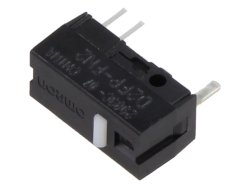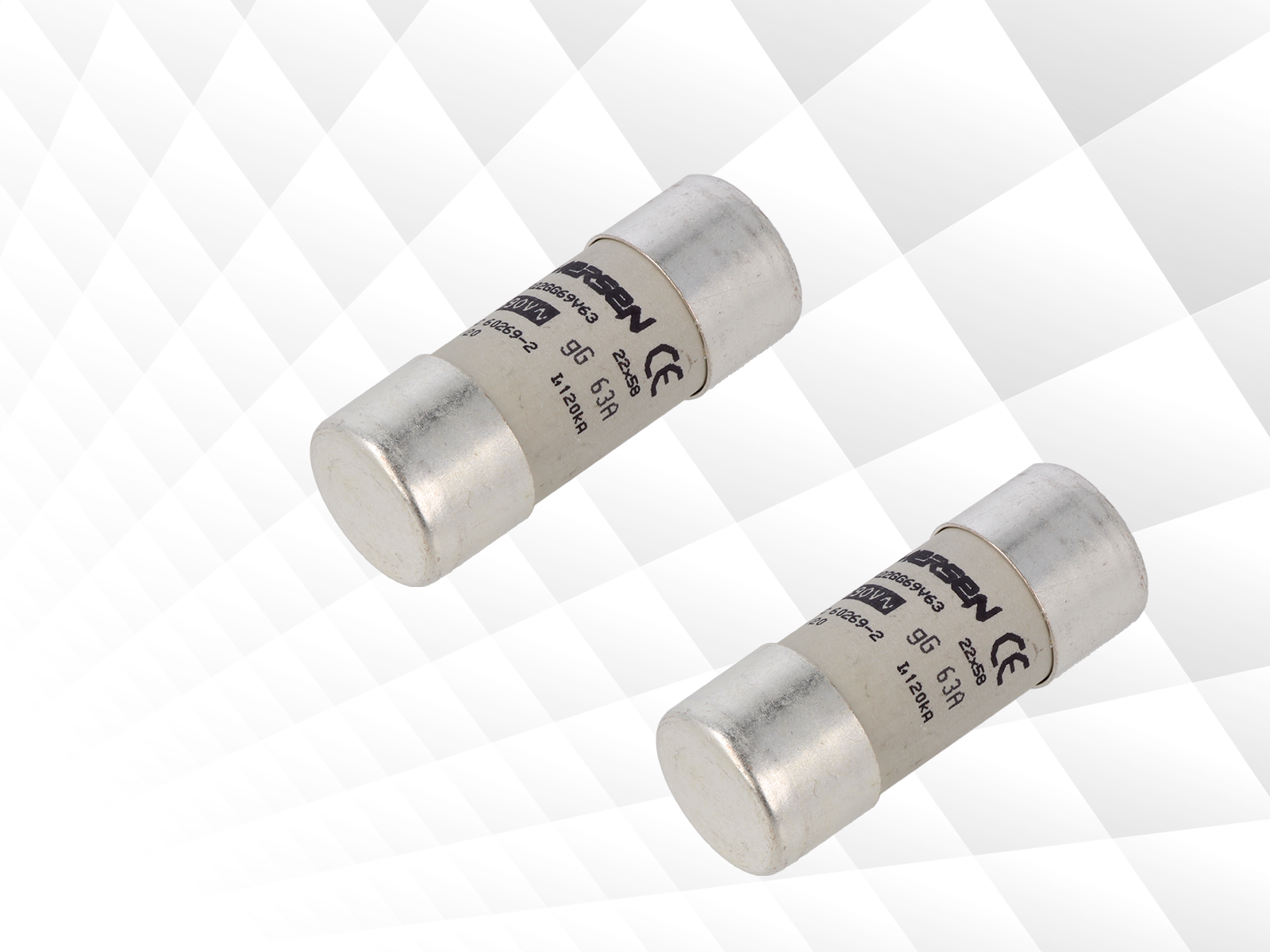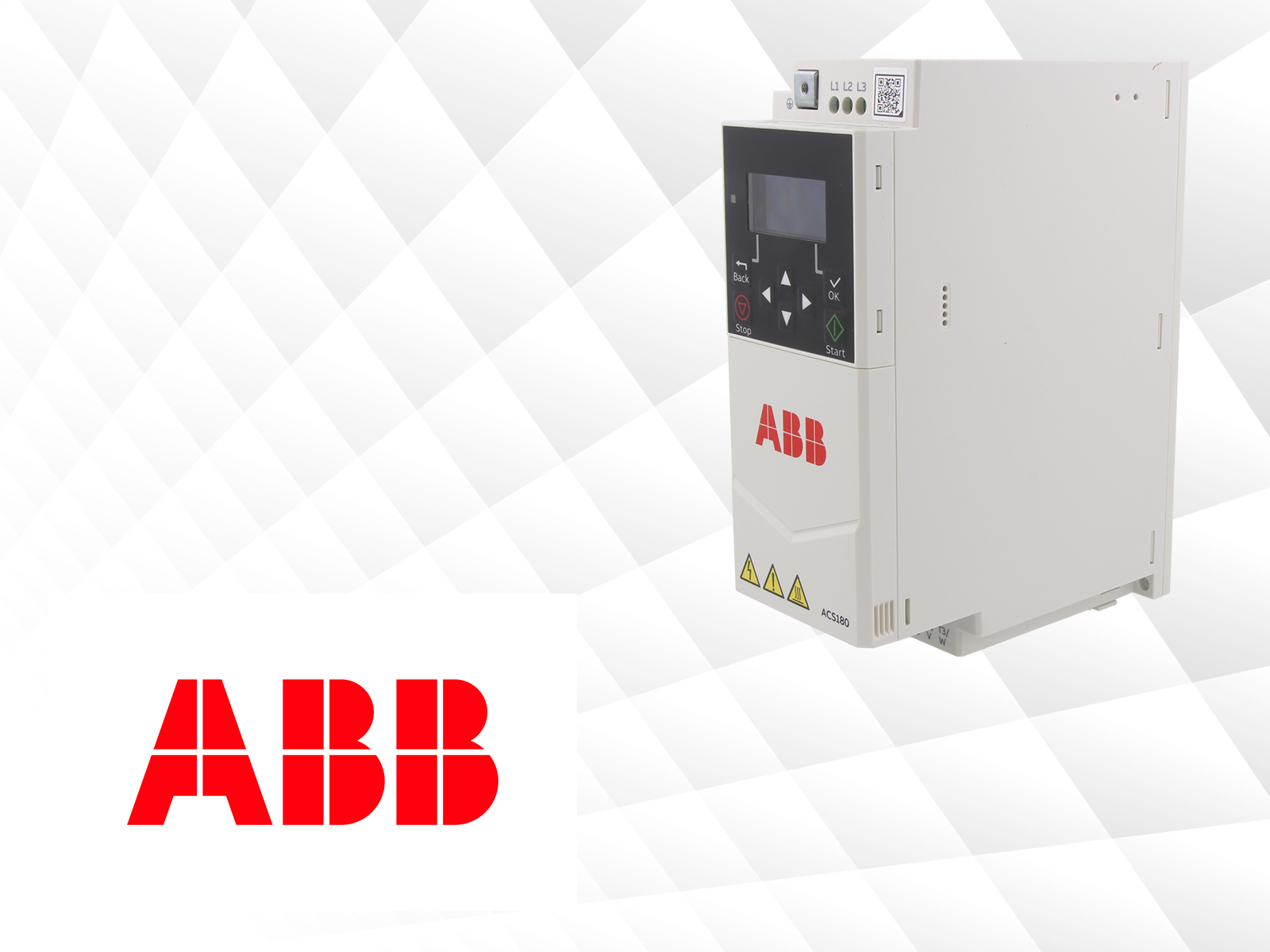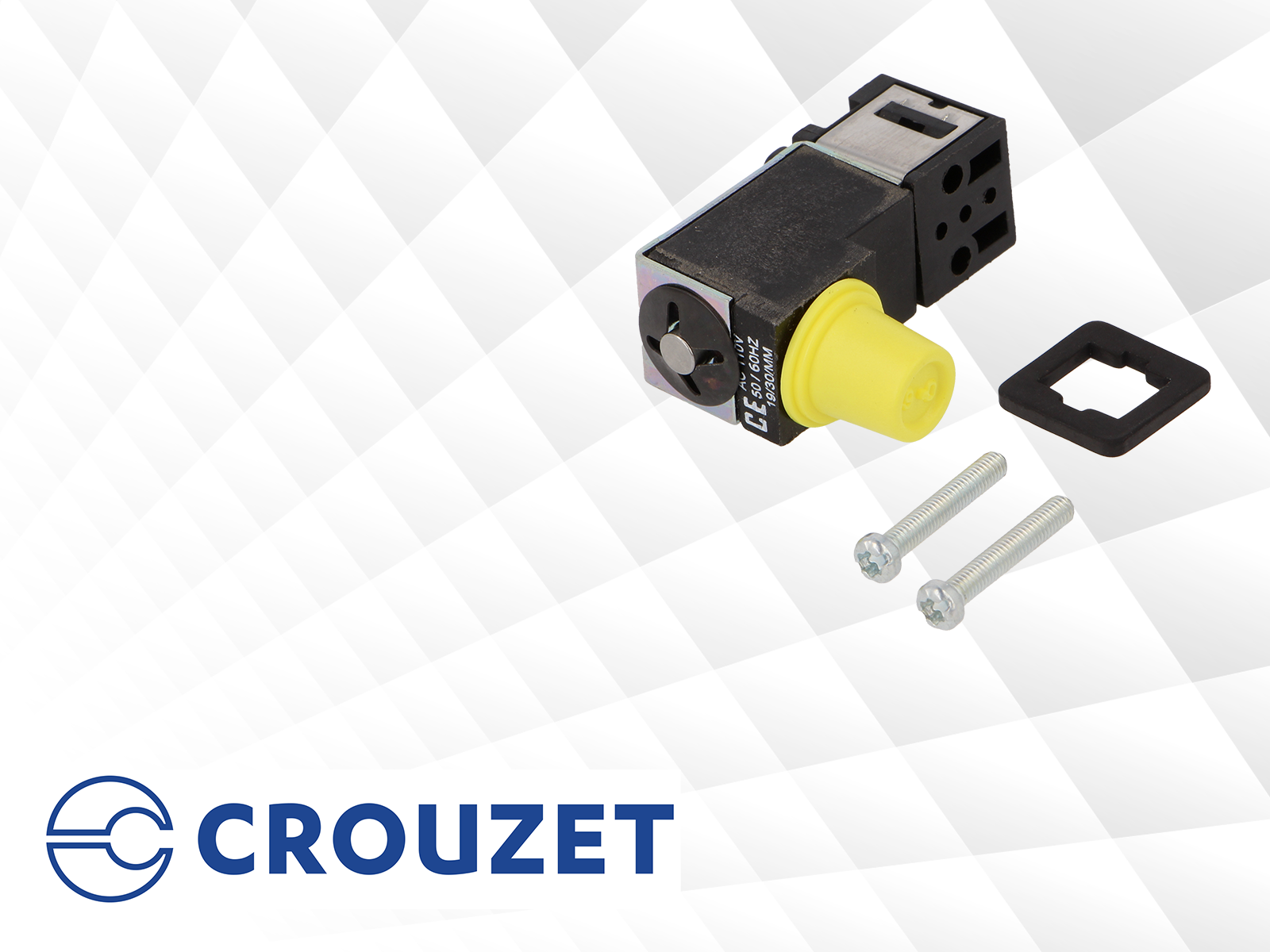Japanese manufacturer OMRON OCB has recently presented a SNAP ACTION microswitch. It is distinguished by a non-standard design, as instead of the usual pair of contacts, it’s fitted with a diode and a photosensor. In other words, it’s an optical microswitch.

The microswitch is characterised by an exceptionally short time of response (free of interference, thanks to eliminating the chattering of contacts) and excellent reliability. Minimising the number of mechanical elements has, of course, contributed to that. Thanks to a rugged spring structure, the product stands out among traditional solutions with its great durability, which Omron estimates at min. 70 million cycles. The operating force of the switch equals only 0.59 N.
The switch has been designed to operate in DC circuits. It features miniature body dimensions (12.8 x 6.55 x 5.8 mm) and standard through-hole (THT) leads. The operating temperature of the component ranges from 5°C to 40°C.
First of all, the D2FP components can be applied in peripheral devices, especially computer mice and similar pointing devices. Thanks to the easy mounting on a printed circuit board and a clear, tactile click, the product will be a perfect choice for many other applications in human-machine interfaces (HMIs).
| Specification | |
|---|---|
| Type of switch: | SNAP ACTION microswitch |
| Contact configuration: | SPST-NO |
| Number of positions: | 2 |
| Number of stable positions: | 1 |
| Leads: | for PCB, straight |
| Body dimensions: | 12.8 x 6.55 x 5.8 mm |
| Mechanical durability: | 70000000 cycles |
| Operating temperature: | 5...40°C |
| Operating force: | 0.59 N |
| Min. insulation resistance: | 0.1 GΩ |
| Terminal pitch: | 2 x 3.6 mm |





